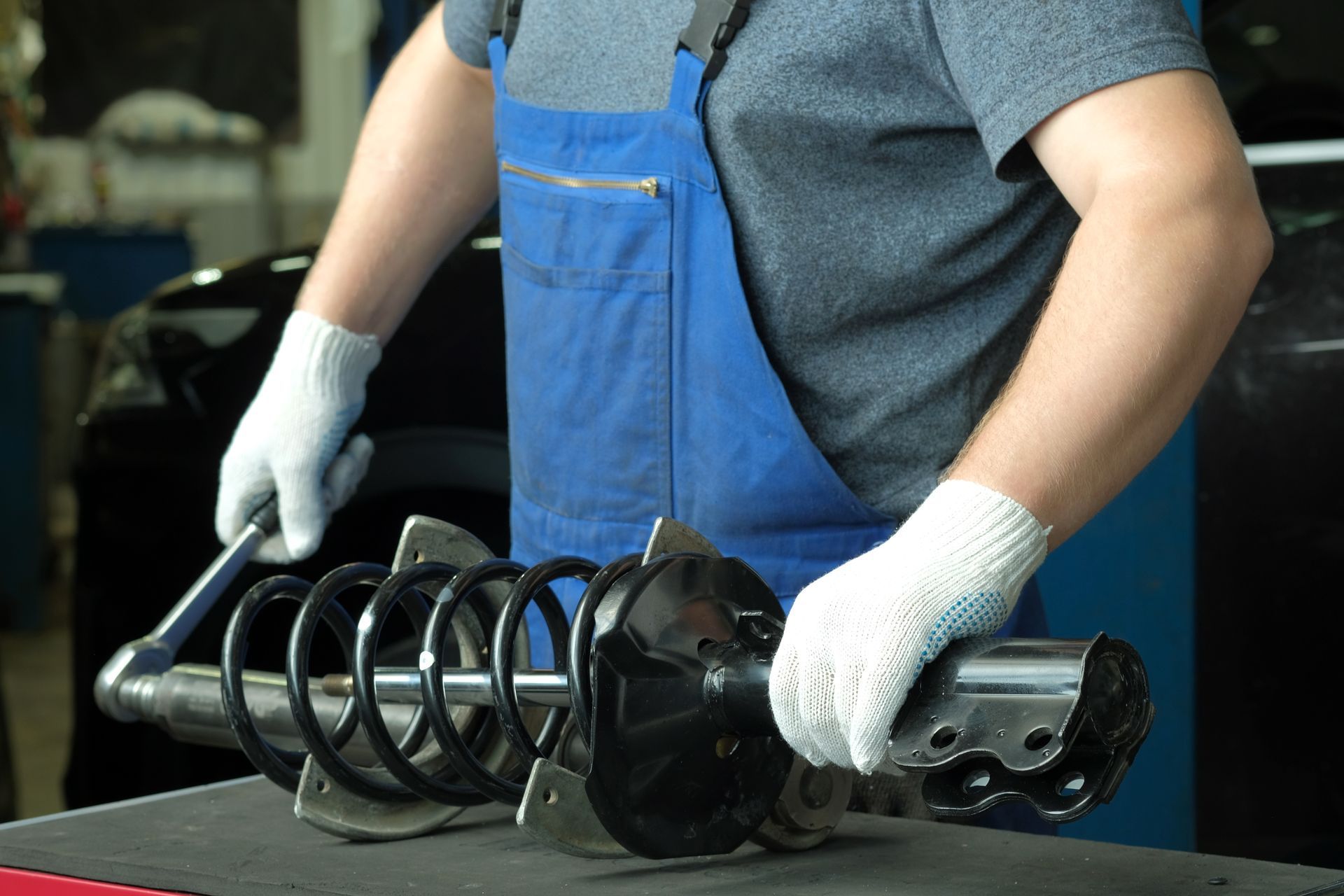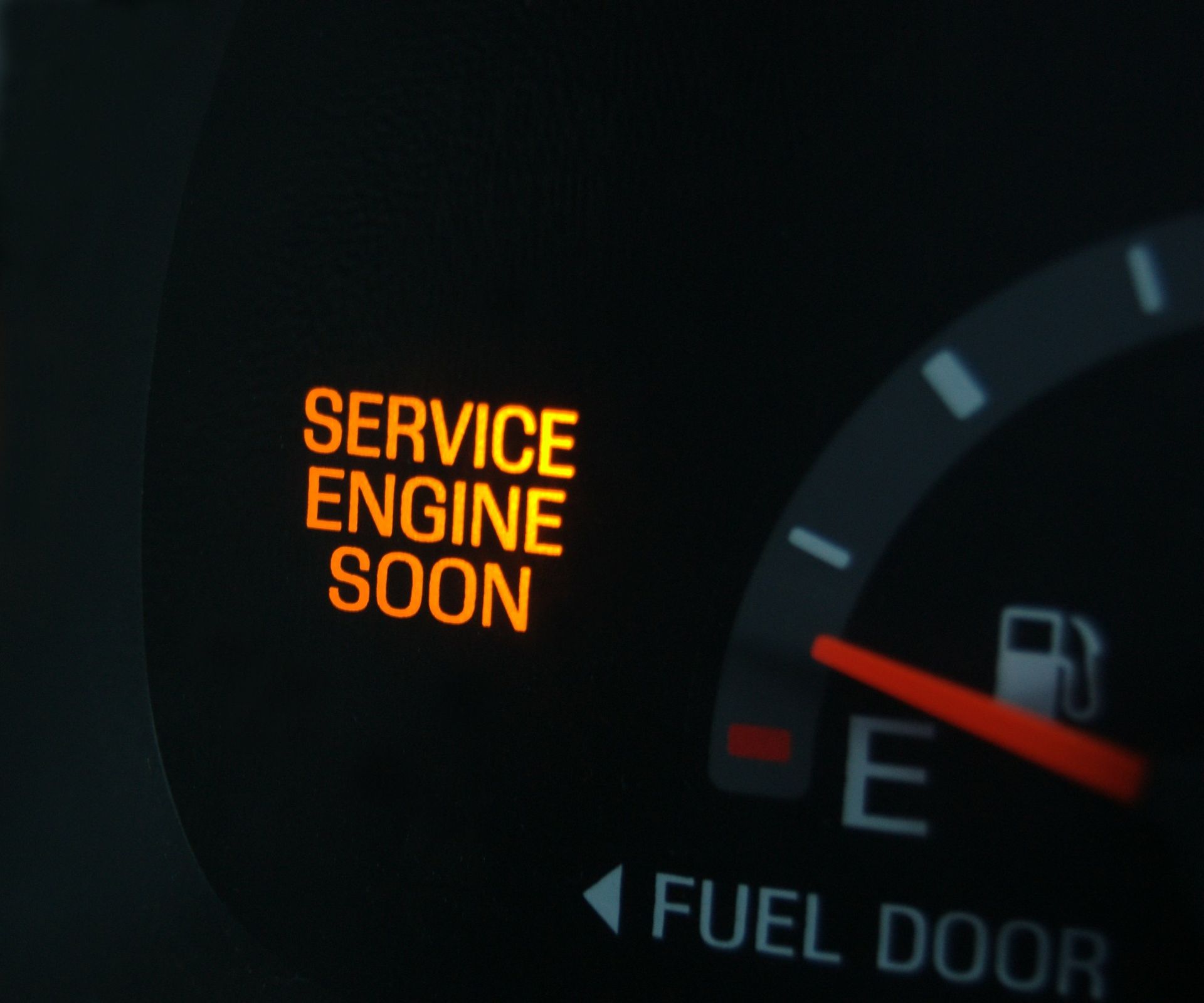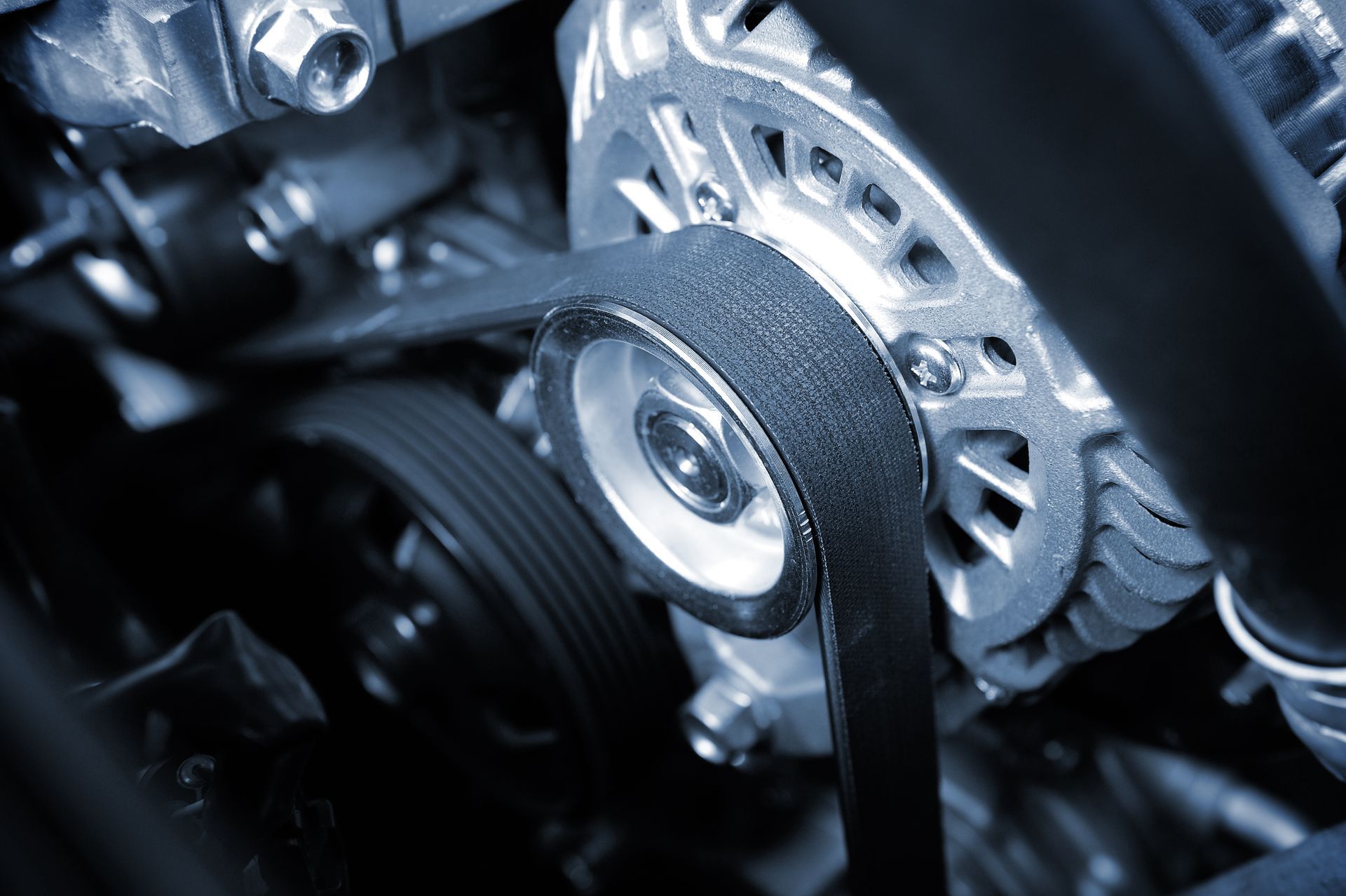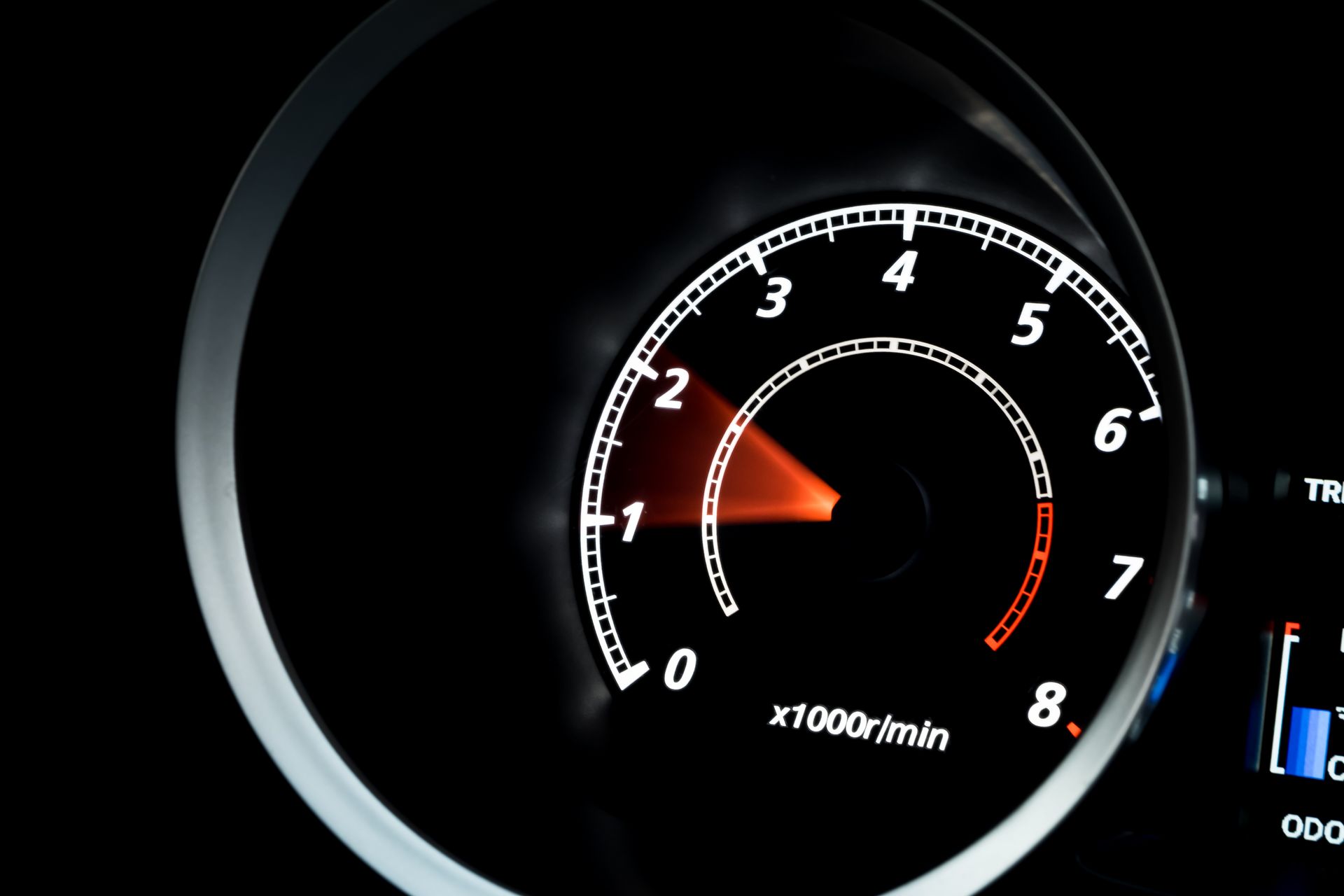Ever wondered why your 4x4 or All-Wheel Drive (AWD) vehicle seems to have a different maintenance schedule compared to your neighbor's sedan? It's not just about having more wheels powering your journey. The unique construction and operation of these vehicles set them apart in the automotive world, not just in performance but also in the care they require.
Understanding 4x4 and AWD Systems
Before diving into the maintenance specifics, it's crucial to understand what sets 4x4 and AWD vehicles apart. A 4x4, often synonymous with off-roading, typically offers a selectable system that splits power equally between all four wheels.
In contrast, AWD vehicles, popular in many crossovers and sedans, continuously distribute power to all four wheels, varying the distribution based on driving conditions. This core difference in power distribution impacts how each system wears and, subsequently, their maintenance needs.
Differential Service
One of the critical areas where maintenance diverges is in the care of differentials. 4x4 vehicles usually have two or three differentials (front, rear, and possibly center), while AWD systems generally have a front and rear differential and a transfer case. These components require regular fluid changes to ensure smooth operation and prevent premature wear. The type of fluid and change intervals can vary significantly between models, highlighting the importance of consulting your vehicle's manual.
The Wear and Tear of Adventure
The rugged adventures often undertaken in 4x4s put additional strain on suspension and braking systems. Heavier duty components may be used, requiring specialized maintenance.
AWD vehicles, while not typically used in extreme off-roading, also see unique wear patterns due to the constant power delivery to all wheels. Regular checks for wear and tear, along with alignment and brake inspections, are vital for both vehicle types.
Tire Tales
Tire maintenance is another area where these vehicles differ from their two-wheel-drive counterparts. Due to the nature of power distribution in 4x4 and AWD systems, tire wear can be more pronounced and uneven. Frequent rotation, balancing, and alignment are critical. Moreover, ensuring that all four tires are of the same type, size, and wear level is crucial, especially for AWD vehicles, to prevent damage to the drivetrain.
Unique Lubrication Needs
Both 4x4 and AWD systems have unique lubrication needs. Specialized gear oils are often required to cope with the higher demands placed on the drivetrain components. Regular checks and changes of these lubricants help in maintaining optimal performance and longevity of the vehicle.
Questions You Might Have
Q: How often should I change the differential fluid in my 4x4 or AWD vehicle?
A: The frequency can vary based on the vehicle model and usage. Typically, it's recommended every 30,000 to 60,000 miles, but always check your owner's manual.
Q: Is tire maintenance more important in 4x4 and AWD vehicles?
A: Absolutely. Proper tire maintenance is crucial due to the unique stresses placed on tires by the 4x4 and AWD systems.
Q: Can I use regular gear oil in my 4x4 or AWD vehicle?
A: It's best to use the type of gear oil the manufacturer recommends, as these vehicles often require specialized lubricants for optimal performance.
And remember, for all of your 4x4 maintenance, contact the General Automotive Servicenter, and we will schedule you for a visit!










